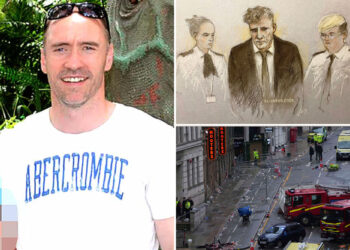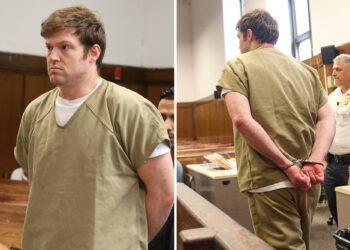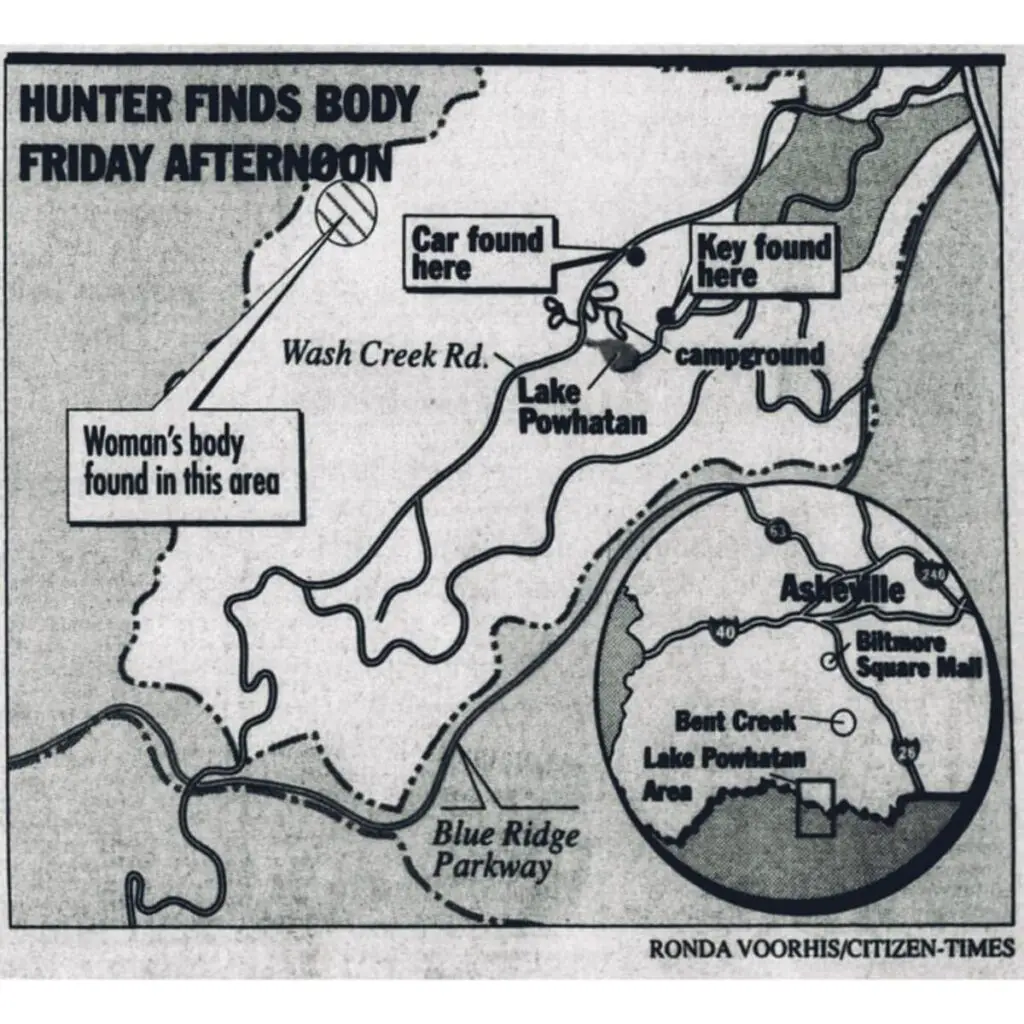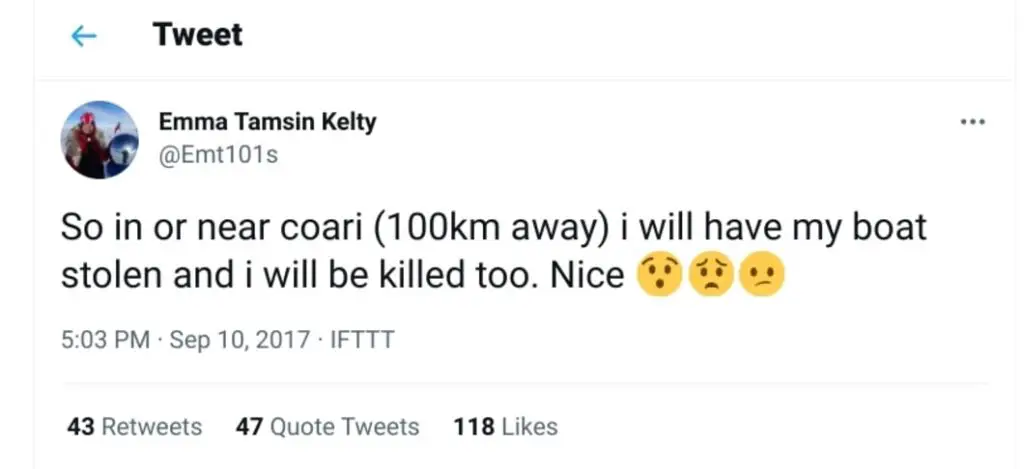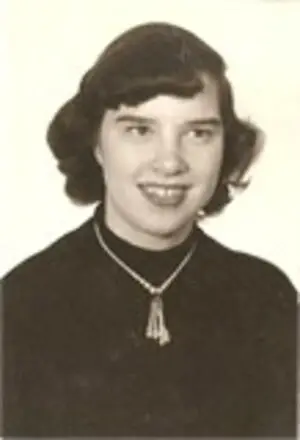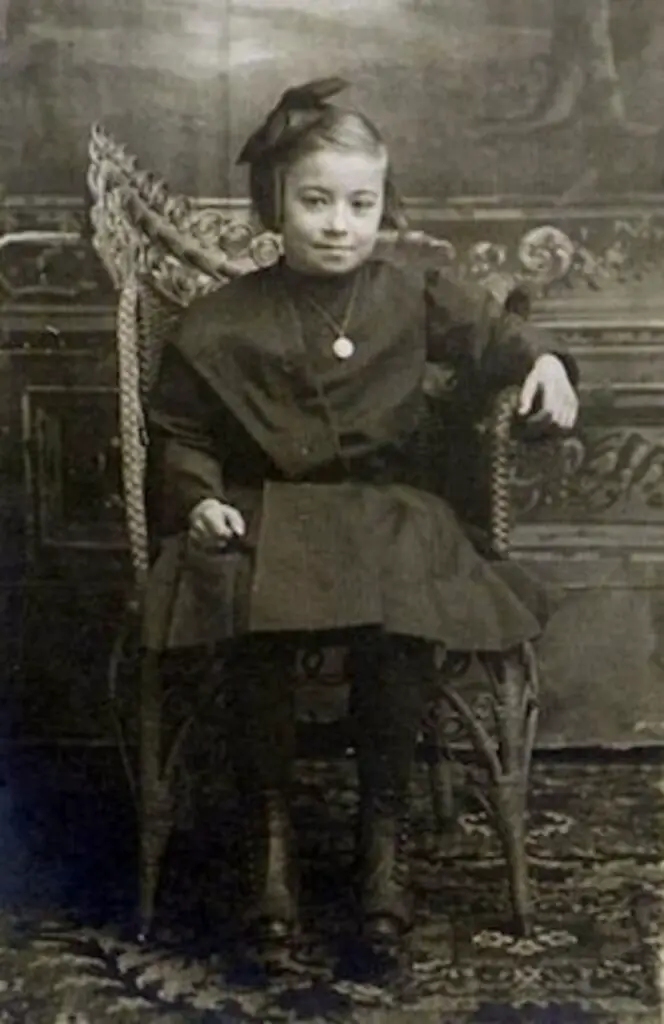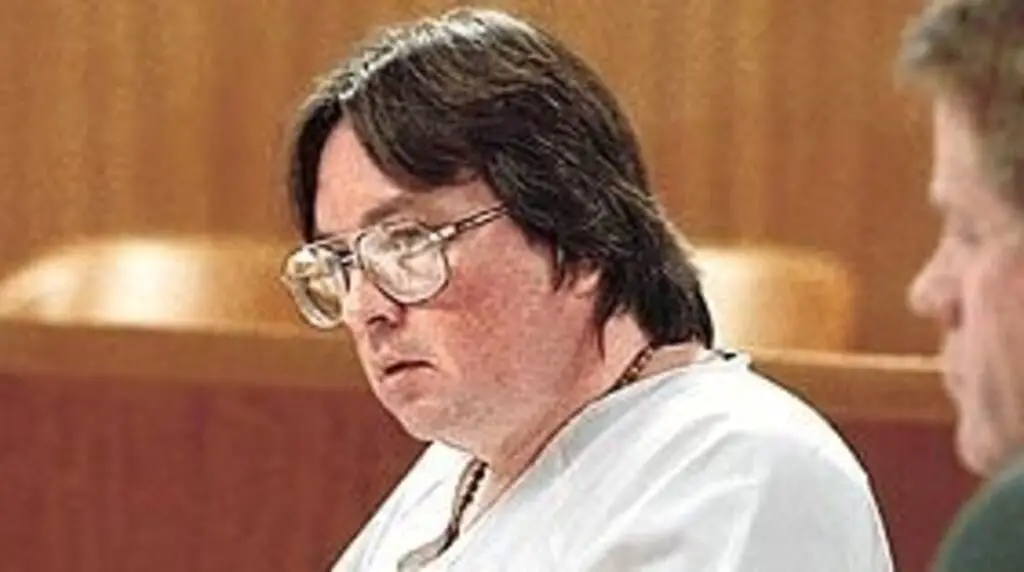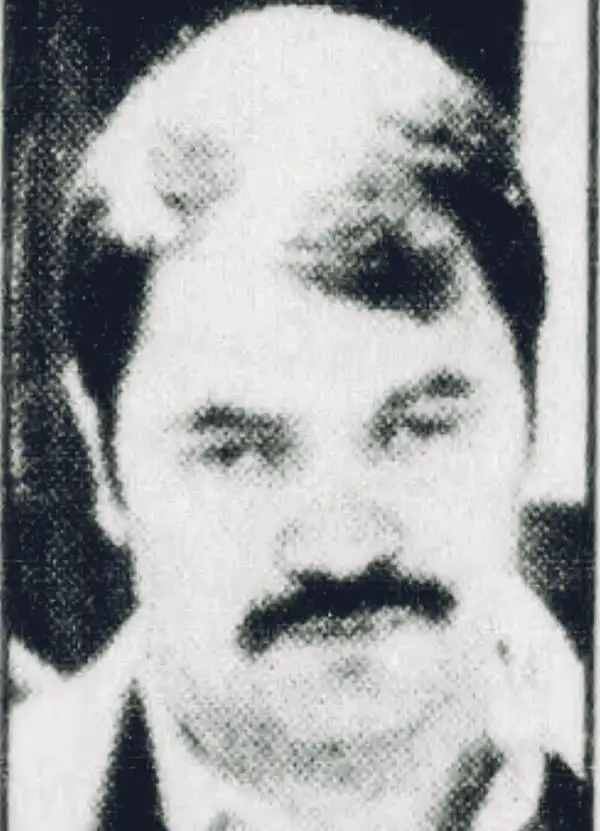While serving a 57-year sentence for voluntary manslaughter at California’s San Quentin prison, Tommy Wickerd found purpose in an unexpected way: teaching fellow incarcerated people and corrections officers American Sign Language.
Growing up with a deaf older brother, Wickerd witnessed the isolation of a world without proper accommodations. So when legal advocates won a 2019 petition to move a group of deaf men from underresourced prisons to program-rich San Quentin, Wickerd created his class.
“There’s 90-plus people that have learned sign language here,” said Wickerd, who is currently up for resentencing on grounds of “exceptional conduct.” “In this last class, three incarcerated deaf people taught the class, so that’s the most awesome part.”
Wickerd’s story is at the heart of “Friendly Signs,” a documentary that writer, podcaster and San Quentin Film Festival co-founder Rahsaan “New York” Thomas directed and co-produced while he was incarcerated at San Quentin. It was one of five criminal justice projects supported by The Marshall Project and the Sundance Institute’s Documentary Short Film Fund. “Friendly Signs” took three years to make, with COVID-19 delays in filming and distribution.
The documentary debuted at the San Francisco Documentary Festival in June 2023 and has since been screened at the Atlanta Film Festival, the Arts in Action Festival and the Double Exposure Film Festival. In this new Q&A, which was edited for length and clarity, Thomas discusses the origins of “Friendly Signs,” the challenges of prison filmmaking and the power of incarcerated people telling their own stories.
During your decade at San Quentin, you published essays and articles, co-hosted the “Ear Hustle” podcast and co-produced “What These Walls Won’t Hold,” a documentary that eventually aired on the PBS series “America Reframed.” At what point did you realize you wanted to direct your own film?
I was tired of people coming in and taking our stories.
Because even if you were nice, and you did good business, I noticed something: Y’all were winning awards. Y’all weren’t getting rich, but you made $150,000; that’s a lot to me. And the common denominator wasn’t the filmmakers; it was a different one every time. The common denominator was our stories. So, I started realizing there was power in our stories, but we weren’t getting our cut out of it. I felt like our stories shouldn’t just be told about us. They should be told with us.
How did “Friendly Signs” come to be?
It came organically from knowing Tommy Wickerd and getting updates from him about the progress of the deaf community. Around 2019, [deaf men] at Corcoran prison were being disproportionately murdered. It got so bad that the Prison Law Office petitioned for [a cohort] of them to be moved to San Quentin because it was a better environment.
Everybody at San Quentin knew Tommy knew sign language, so immediately, the staff were calling on him. One day, he showed up for a meeting, and when he walked in, it was nothing but COs being briefed on how to treat deaf people. He decided he was going to start his class.
Just being in touch with Tommy, hearing that story, I realized that deaf people were even more invisible within an already invisible population. It was a story that needed to be told.
Wickerd is at the heart of this story. How did you meet?
I met Tommy through the 1000 Mile Club [a volunteer-led running program] that we were members of. He was different — like every New Year’s, he would pay for and make burritos to give out to any runner who showed up that day.
He’s also one of the few White people with tattoos all over his head who can go through the Black section, and it’s all love. Tommy’s just a good person, man. I wanted to show society an example of someone they were taught to fear, and why we have to look deeper than just what a person was convicted of.
What were some of the biggest challenges of making a film while incarcerated – both logistically and creatively?
Compared to facilities that don’t have media centers at all, San Quentin has a lot of options for making films. But in any prison setting, it’s hard to find a new scene. You have to rely on the power of your storytelling, because the scenery is going to be the same as what we’ve seen in someone else’s film.
You also have to get advance permission for every shot you do. And in San Quentin, you need a [staff] escort to film in areas outside of the media center. Getting an escort isn’t that easy. There are only two or three available, and they’re very busy.
I could only work on “Friendly Signs” during certain hours, so forget about deadlines, man. During our COVID lockdown, we didn’t have access to the media center at all.
Still, when I got frustrated with stuff like that happening, I reminded myself, “Bro, you’re in prison for a homicide; filmmaking isn’t even supposed to be possible. Be grateful, alhamdulillah.” Then I’d get it done when it was supposed to get done.
Talk about how you managed shooting, editing and post-production. Who did you work with?
I asked Christine Yoo, a San Quentin volunteer who directed and produced the documentary “26.2 to Life” to mentor me in the filmmaking process. With her help, I was able to get the grant from The Marshall Project and the Sundance Institute. Even though I wasn’t allowed to receive funds while incarcerated, the grant allowed me to hire an outside crew to film the external shots. The coloring and the sound design also happened on the outside.
On the inside, I worked with my director of photography, Brian Asey Gonsoulin. He would wake up in the middle of the night with a shot he wanted to do, and I’d be like, “Let’s go!”
The editing was on Final Cut at San Quentin, and man, it was a long process because COVID came. At one point, we couldn’t use the media center for a year. And then when we did get back in, there was a water main break. We got permission to move a computer to the education hallway, and we worked on it there. It was just a crazy process.
One of the standout directing choices in the film is the moment when deaf people arrive at San Quentin, and the sound cuts out. What inspired that decision?
I’m a big advocate of, “Don’t be telling stories about us if you’re not with us.” So I needed to put myself in the shoes of someone deaf and put the audience in that mindframe. I just started looking around and [trying to] figure out, What is it like to be deaf, and how can I translate that experience? I realized that the only friendly signs deaf people were seeing were the ones Tommy was throwing up. And people throw up a lot of unfriendly signs in prison.
Are there any unexpected advantages of making a film inside prison?
The relationships you have with other people in prison makes them open up to you. You know what’s really going on in there and what questions to ask. No one else has that kind of inside knowledge.
Now that “Friendly Signs’ is out, what’s next for you?
I’m working on a follow-up called “Silent Treatment” that focuses on incarcerated deaf people’s fight for equality and inclusion. Spoiler alert: What really worked better than the lawsuits was the community-building through the sign language class. Deaf prisoners went from being isolated, only able to talk to themselves in their own little groups and huddles, to being immersed in the community, doing deaf comedy, showing up at all events, and being a real part of San Quentin.







